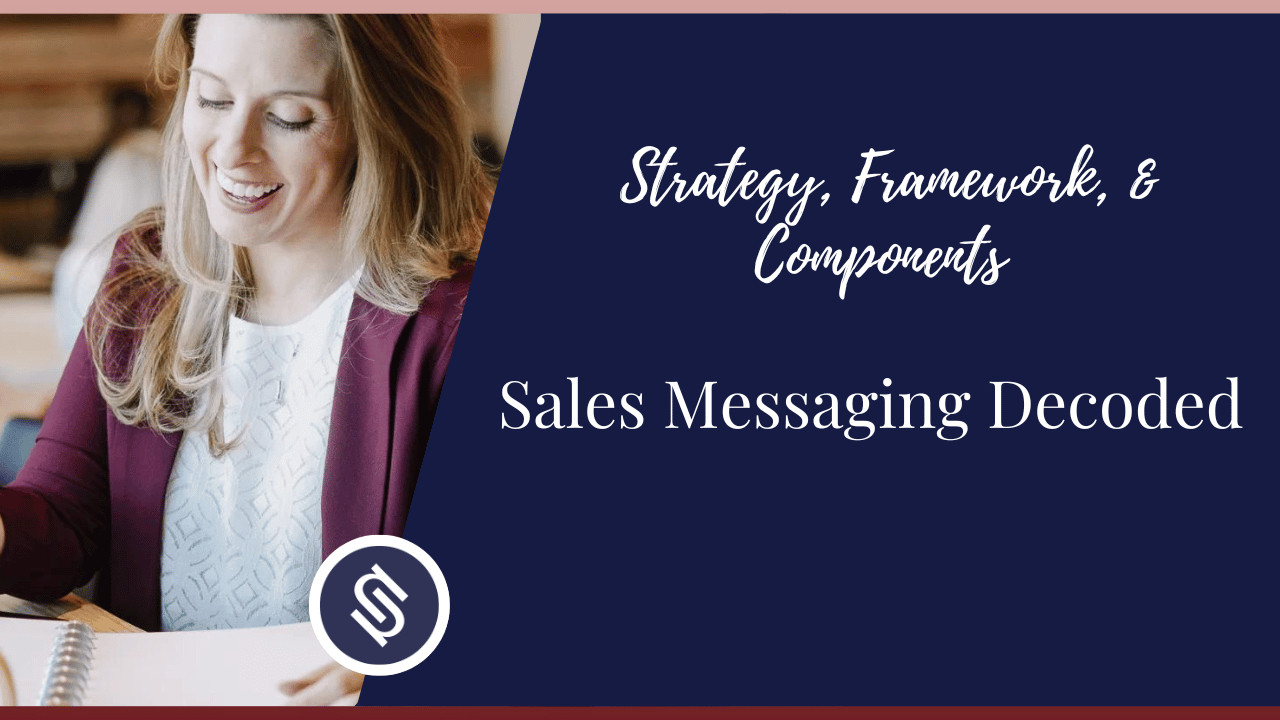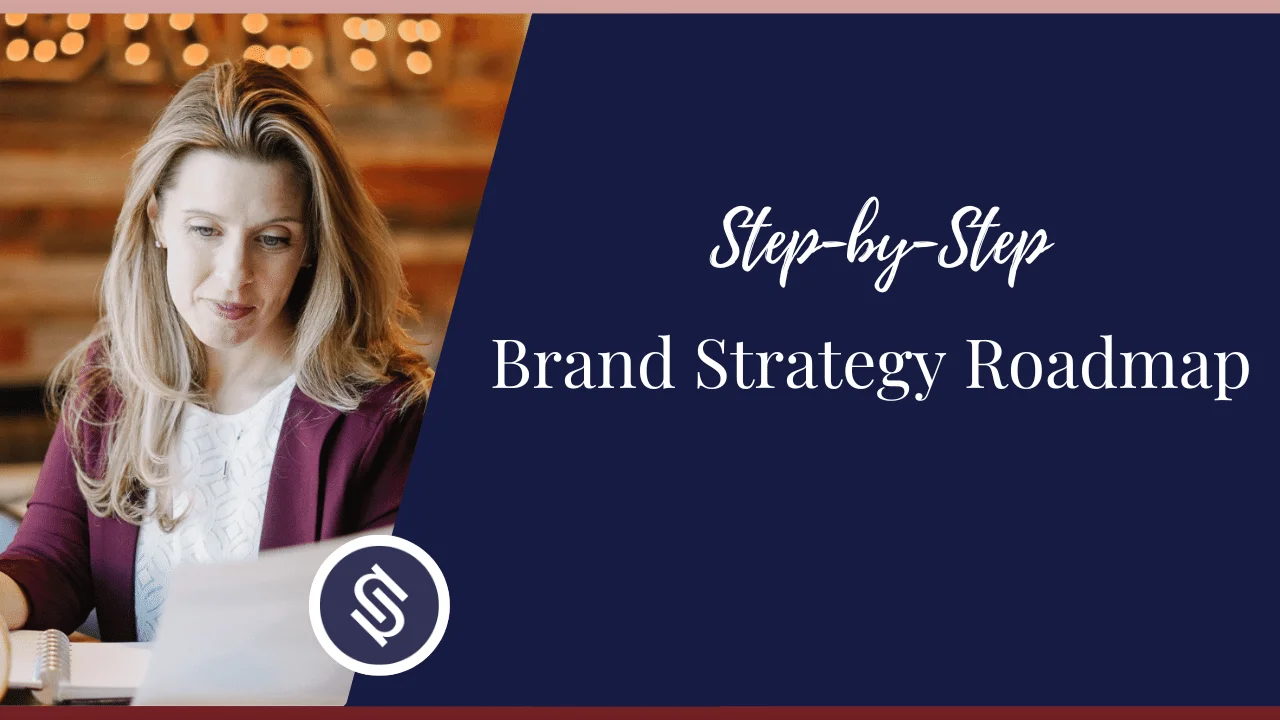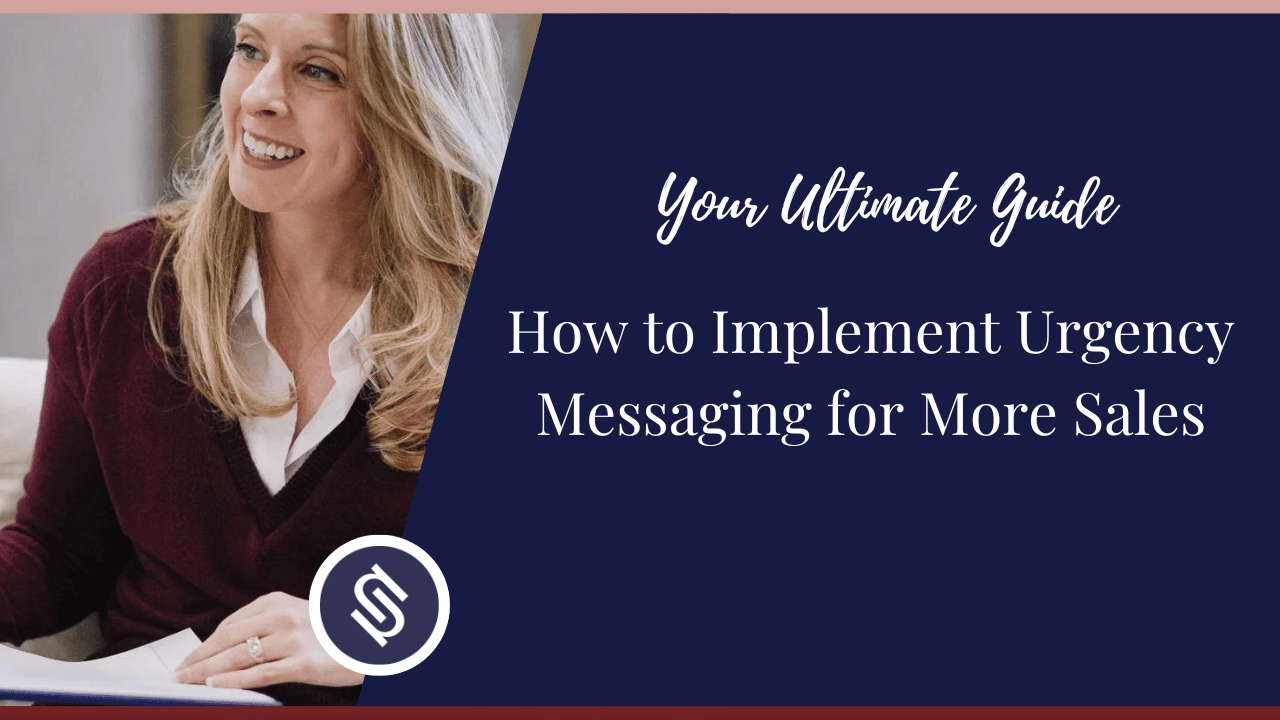People remember how we make them feel. This is true in personal relationships and in marketing.
Messages that create an emotional connection move people and affect their behavior–precisely what we want to achieve!
No wonder the ads that draw the most engagement are the ones that affect our emotions.
But did you know that there’s a technique behind all that? It’s called emotional messaging.
Tip: Do you feel like your marketing needs work? I can help you design a marketing strategy that connects you to your audience and drives results. Join me, Nora Sudduth, for a discovery call today.

What is Emotional Messaging?
Emotional messaging (also called emotional marketing) is a marketing technique that influences people’s decisions by tapping into their emotions.
It facilitates an emotional connection by focusing on feelings (such as sadness, happiness, or anger) or emotional motivators (such as the desire to be confident about the future).
Why is Emotional Marketing so Effective?
Emotional marketing works so well because 95% of our decisions are driven by our feelings or our subconscious mind, not by logical thinking.
Moreover, Harvard professor Gerald Zaltman says –
“No matter how radical a new product is, it will always be perceived initially in terms of some frame of reference.”
This means that underlying feelings dictate how people think of a brand or a product, and businesses need to tap into those emotions to communicate their brand messaging and ignite action.
However, figuring out your customers’ emotional motivators requires strategy and expertise, so DIY may not be the best option.
Instead, work with a brand strategist who approaches it like a science to shape an effective marketing plan.
Emotional Messaging Examples Marketers Can Use
Emotional messaging is a familiar trick of the trade. In fact, many of the most recognizable brands have been using this technique with great success.
Here are some real-world messaging examples to see how brand emotions impact a marketing campaign:
1. Coca-Cola’s “Choose Happiness”
Coca-Cola’s 2015 ad campaign “Choose Happiness,” which promoted four Coke variants (Original, Diet, Zero, and Life), was an advertising triumph.
It boosted customer perception of their products and upped Coke’s brand index score significantly just 30 days after the ad was released.
The secret? Coke tapped into uplifting emotions by portraying scenes that evoked strong feelings of passion, love, and happiness.
2. Always’ #LikeAGirl
According to social psychologist Jonah Berger, the most shared stories are those that evoke positive feelings.
However, you can also dig deep to understand customer frustrations or even things that cause them to feel angry.
‘Always,’ a feminine hygiene brand, shows us how it’s done.
As a brand, they wanted to portray confidence, but they realized that simply promoting a sanitary pad was not the way to do it.
They researched what affected girls’ confidence and learned that gender stereotypes were at the heart of women’s low self-esteem.
Building on this insight, they took the expression “like a girl” (which used to mean “not doing something well”) and transformed it into one that inspired self-confidence and pride.
Needless to say, it resonated with women everywhere, elevating brand perception.
Have these examples inspired you? Start a FiniSprint with me today to learn how you can create an emotional marketing campaign for your brand.

3 Emotional Messaging Strategies For Brands Across Channels
Remember to stay consistent when implementing an emotional marketing campaign across various channels.
Telling a coherent story, employing a uniform style, and maintaining the same tone will strengthen your message’s impact and improve brand recall.
Here are 3 other strategies to guide your planning and execution:
1. Stay True to You
At a time when it’s so easy to fake just about anything, #nofilter stories that are real and raw easily stand out.
But what does it really mean to be authentic?
It simply means being true to who you are as a brand–not veering away from your brand pillars or attributes that make you “you.”
It also means being consistent in your narrative and communications across all your platforms.
The more true you are to yourself, the more easily your people will find and relate with you.
2. Match Messaging with Context
If you’ve ever told a joke, you would know it’s all about the timing. The punch line needs to come at a precise moment–or else it loses its, well, punch.
The same is true in messaging. The timing makes a whole lot of difference.
If you want people to take notice, remember, or act upon your message, you need to tell it at just the right moment.
Pay attention to what’s happening around you. What issues are your audience facing? What aspirations do they have?
For example, the #blacklivesmatter movement has placed a spotlight on social issues like racial discrimination and inequality.
Do these evoke emotions among your target audience? Does your brand take a stand on these? Use these insights to tell a powerful message.
If you find making your message relevant and relatable challenging, work with a pro to craft persuasive campaigns. Schedule a discovery call with me today.
3. Leverage Social Proof
People trust what others say about a brand more than what brands tell about themselves. It’s just human nature.
So, incorporate user-generated content like testimonials and personal experiences to make your messaging stick.
The more “real” people your customers see, the more credible your brand becomes and the stronger the emotional response you elicit.

How to Add Emotion in Advertising Through Messaging
Adding emotion in ads is a creative process, much like writing a story or painting a picture.
In other words, it takes a lot of imagination, creativity, and inspiration.
But just like there’s a method behind a masterful painting, there’s a technique behind an emotionally evocative ad.
Let me take you behind the curtain and show you how the magic happens:
1. Use Color to Bring Stories to Life
Did you know that there’s a reason why brands use the colors that they do? It’s called color psychology.
Colors evoke different emotions. For example, red brings about passionate feelings like anger and love. It’s also associated with strength, excitement, and desire.
So, the next time you decide on a color palette, consider what emotions you want to evoke and use colors strategically.
2. Evoke Emotions through Stories
Stories, especially real stories of personal experiences, humanize a brand and evoke empathy.
Emotional ads stand out among a sea of obviously promotional content and get people to pay attention. They’re not only unique, but they’re also very relatable.
From the audience’s perspective, it’s like seeing their own story on-screen, and it naturally moves them.
3. Start a Bandwagon Effect
Cause a stir around your ad by creating a community through emotional messages that tap into people’s motivations, aspirations, and even fears.
As in the #LikeAGirl example, you can cause a bandwagon effect by triggering emotional motivators like belongingness, identity, and camaraderie.
The bigger the crowd you gather, the more interest you gain around your brand.

How to Measure the Success of Emotional Messaging
Just like any strategic messaging strategy, your emotional messaging should be monitored and analyzed to determine its success.
Understand the pulse of your audience by using these tips:
- Watch what people are doing: You will know whether you’ve moved people by watching their response to your messaging. Are they reacting, sharing, or talking about it?
- Conduct surveys: Surveys and interviews create opportunities for honest answers and detailed feedback about your messaging.
- Track your ROI: The most telling indicator of success is a positive impact on your bottom line. Look at the leads your ads generate–are they converting into customers? Have your sales increased?

Frequently Asked Questions (FAQs)
Let’s delve deeper into emotional messaging with the following commonly asked questions:
What Role Does Audience Research Play in Crafting Emotional Messaging?
You must know your audience deeply to understand their emotional motivators or triggers.
So, to craft emotional messaging that resonates with your audience, it’s essential to learn what they want in life, what inspires them, and what gets them out of bed in the morning.
What Are the Ethical Considerations when Using Emotional Messaging in Advertising?
There’s a thin line between effective emotional messaging and manipulation. Avoid using sensitive or emotionally charged topics to profit from your audience.
It’s also crucial to be transparent in your messaging and avoid tactics to deliberately deceive.
How Do Different Emotions Affect Consumer Perception of a Brand?
Triggering different emotions–whether positive or negative–can shape your audience’s perception of your brand.
The better people feel about your brand, the more likely they are to support it.
This is why businesses spend time and resources shaping product messaging to create positive associations.
How can Brands Use Emotional Messaging to Build Long-Term Customer Relationships?
You can use emotional messaging to encourage your audience to engage meaningfully with your brand. Tactics like building on emotional motivators in ad campaigns effectively draw people and elicit a response.
Also, the deeper the connection between you and your audience–ushered in as well by shared values and beliefs–the more likely they are to go beyond being loyal customers and become brand advocates.
What Are the Common Pitfalls to Avoid when Implementing Emotional Messaging?
Common pitfalls in emotional messaging include:
- Inconsistency: Staying consistent can be challenging when using user-generated content (like personal stories) and sharing your message across various platforms. Especially because you can’t control the nuances behind people’s real experiences.
- Insincerity: If you want your message to resonate deeply with people, you can’t fake it till you make it. Your message has to be true to you, and you have to believe it.
- Overdoing it: Try not to be too aggressive in your messaging so you don’t bug people instead of inspiring them. One reason why brands often oversaturate their platforms with their message is that they want to see results–fast!
However, this often backfires, as people quickly get bored with repetitive content.
Conclusion
Emotional messaging works because people feel. And our feelings lead us to act.
By being authentic, matching your message with your context, and using social proof, you can be sure to touch people’s hearts and see an increase in audience engagement.
But remember, building emotional campaigns is a thoughtful and creative process akin to a masterful piece of art.
You need a marketing pro’s intuition, experience, and knowledge to shape a message that delivers the right results.
Well, you’ve come to the right place for that.
Book a discovery call with me, and let me help you create a campaign that moves people and impacts your bottom line.



![Featured Image - Your Ultimate Guide to Emotional Messaging [Examples Included]](https://norasudduth.com/wp-content/uploads/2024/05/Your-Ultimate-Guide-to-Emotional-Messaging-Examples-Included.png)



